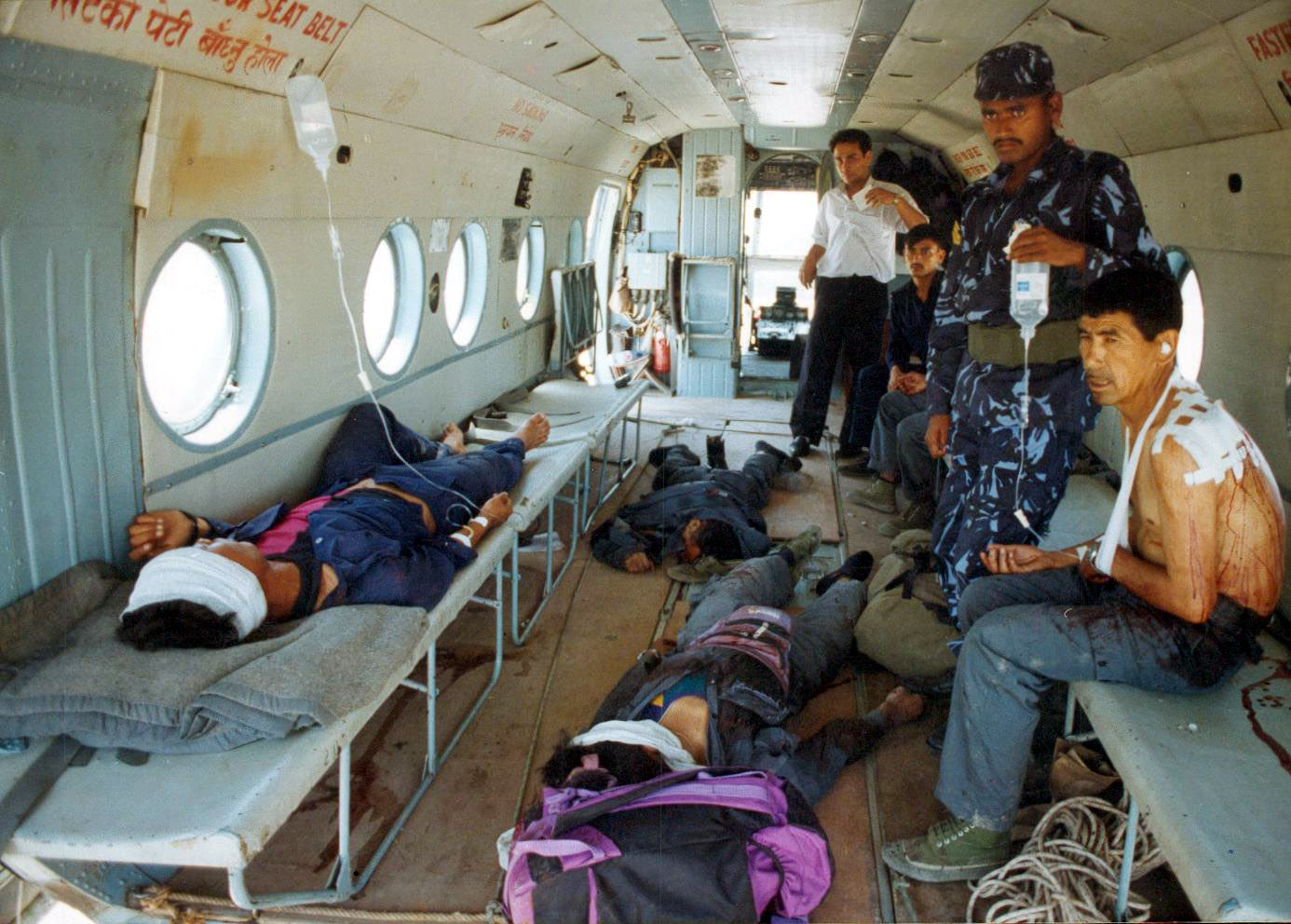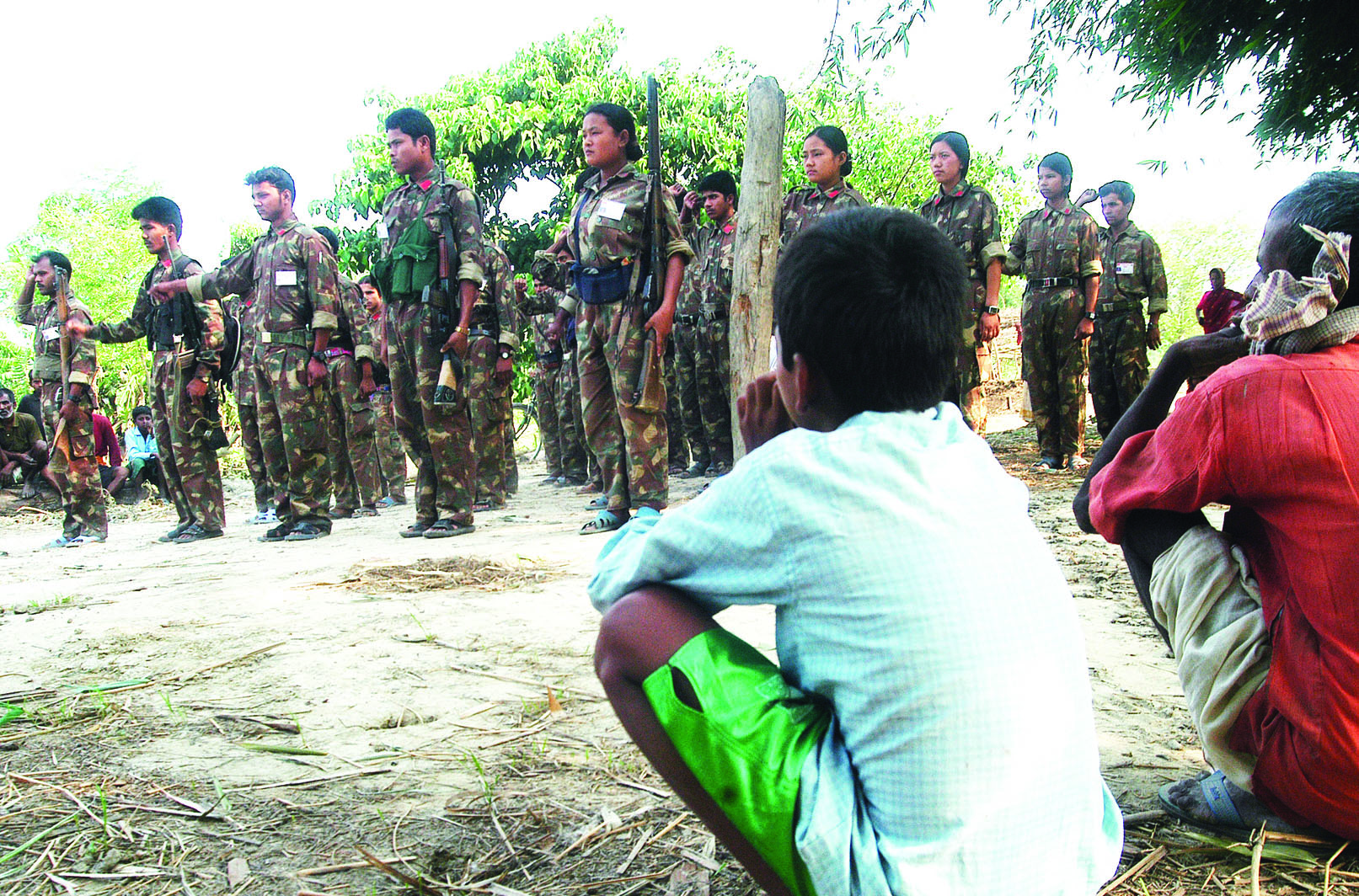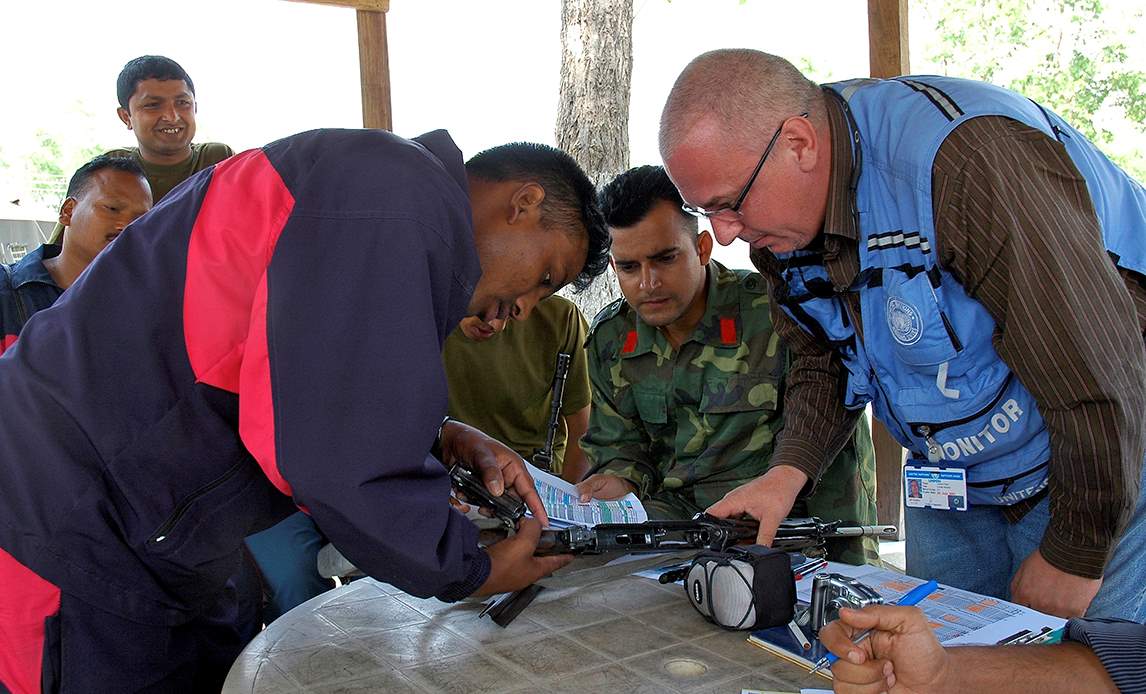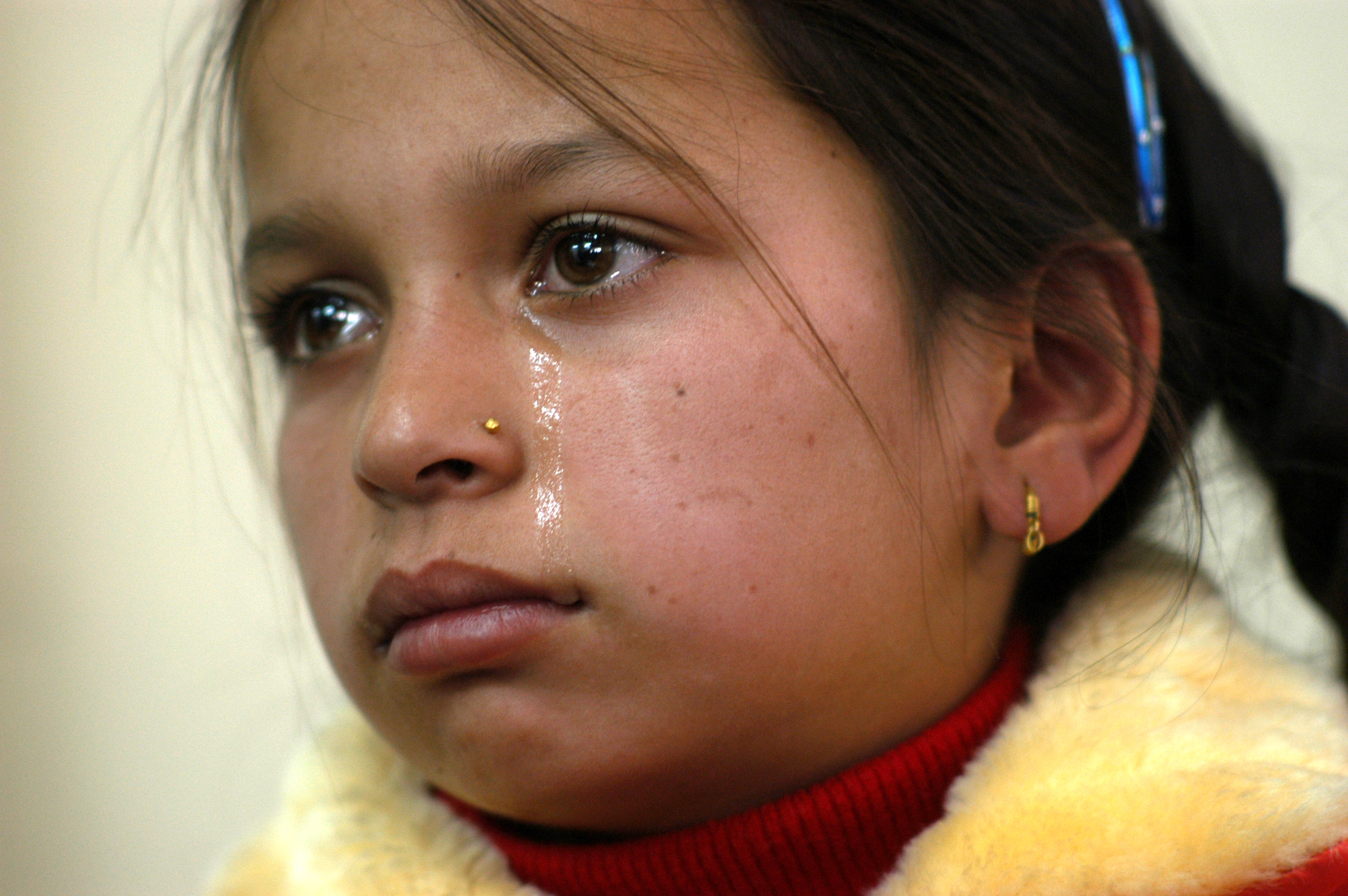What if… there was no Maoist insurgency?

In the fiscal year 1993-94, a record 600 industrial enterprises were registered with the Department of Industry. Democracy had been restored three years earlier and industrialists were coming up with innovative ideas. That year, around 90,000 new industrial jobs were created.
Two years later, the CPN (Maoist) began its armed insurrection against the state, instantly impacting budding industries. The number of industry registrations declined by 40 percent in 1996-97, the year the insurgency began. In the following years, until the Maoists joined mainstream politics by signing the 2006 comprehensive peace accord, annual industry registration never crossed 200.
“The rate of registration of new industrial enterprises declined sharply after the onset of the Maoist war. Investment in hydropower and infrastructure stagnated,” says Govinda Raj Pokharel, former vice-chairperson of the National Planning Commission. “Had there been no conflict at the time, Nepal’s export economy could have blossomed, helping reduce the trade deficit.”
Tourism saw a similar decline. Tourist arrivals fell by around six percent in 2000 compared to the previous year. The next year they fell by 23 percent, 24 percent in 2002, and three percent in 2005. As a percentage of total exports, tourism revenue declined by 24 percent in 1997, 15 percent in 2002, and 40 percent in 2005, writes economist Gyan Pradhan in his study ‘Nepal’s Civil War and Its Economic Costs’.

Injured & Dead Policemen after Maoists attack in Jajarkot being brought in helicpoter | Bikas Rauniar
Fear of violence and extortion dissuaded visitors and mountaineers and many western countries issued travel advisories against visiting Nepal.
The insurgency put brakes on the growth of Nepal’s private sector and its industrialization.
Pokharel says the conflict pushed the country two decades back in development. “A decade was spent in the armed conflict and another in transition into peaceful and democratic politics,” he argues.
But Maoist leaders disagree. Former Maoist Constituent Assembly member Khimlal Devkota says the insurgency instead opened up economic and development opportunities.
“There can be no development and prosperity in autocracies and places with deep-rooted discriminations,” Devkota says. “The Maoists waged a war to end all forms of discriminations and to ensure inclusive and proportional representation in state mechanisms.”
Devkota argues that even if the Maoists had not launched the insurgency, other forces would have taken a similar route to usher in political changes and end discriminations.
“The status quo could not have continued. A revolution against deep-seated discrimination was imminent,” he argues.
According to Devkota, the demand for a republican setup had also been raised during the 1990s democratic movement but with political forces backing it still weak, the monarchy couldn’t be ousted at the time.
“The Maoist movement played the primary role in the country’s transformation into a republic. No other political force struggled for the inclusion of women, Dalits, Madhesi, and the marginalized in state structures before,” political analyst Shyam Shrestha says. “But the Madhes movement needs to be credited for heralding federalism.”

Maoists fighters in Bara-Rautahat border area | Bikas Rauniar
The Maoist war has also been blamed for legitimizing extra-judicial violence. But even Pokharel agrees that the war contributed to introducing the republican order and minimizing caste, gender, and class-based social discriminations.
Major setback for development
However, on the other side, the conflict decimated numerous development efforts.
The state was forced to divert its development budget towards military and administrative purposes. Development budget comprised 56.6 percent of the total budget in the fiscal year 1996-97 as the insurgency started. The ratio declined by more than 15 percentage points, to 40.86 percent, in 2003 when the conflict peaked. Military budget soared threefold in a decade, from Rs 5.1 billion in 1996 to Rs 18.8 billion in 2006, according to various reports. The government also doubled the military size from 45,000 to 90,000, which increased the administrative budget and reduced the development budget.
The armed conflict also affected the country’s education system.
Schools and colleges were fully or partially closed at various times during the war. At least 60 teachers and 66 students were killed and at least 2,000 schools and colleagues suffered full or partial damages. At the start of the insurgency, private schools were only just expanding across the country, offering quality pre-primary and secondary level education. Internal displacement, migration, and threats resulted in the closure of many new private schools in rural areas.
“Had the boarding schools not closed, educated youths might still have been living in villages, as such schools would have offered them jobs. It would have added to the rural economy’s vibrancy,” Pokharel says. “Educational institutions were not alone. There was a lack of security for any investment. Industrialists were extorted and many industries had to be shut due to strikes and labor movements.”
Armed conflict is also believed to be a driving force behind rampant internal migration to urban areas.

Maoist rebels hand over their weapons to UN representatives | Agnieszka Mikulska
After threats from Maoists or pressure from state forces, many decided to leave the villages and migrate to cities for personal security. A report of the Internal Displacement Division Mission to Nepal released in 2005 estimates that as many as 200,000 people were displaced by the Maoist insurgency.
The Maoists seized the fields of the rich and distributed them to the people who ploughed the land. Internal migration, displacement and land capture by the Maoists also left productive village fields barren, hampering the production economy and increasing dependency on imports.
“80 percent of the people used to live in rural areas at that time. But entrepreneurship couldn’t be developed among rural people due to insecurity and uncertainty,” Pokharel says.
Taking loans for investments and the process of capitalization almost stopped, as did the culture of paying taxes.
Devkota from the Maoist party says the argument of the Maoist war resulting in losses for the country is similar to arguing that people save money by not shaving their beards. “Let’s revisit the Panchayat era. Why didn’t the country achieve much growth back then?” he asks.
Contributor to awareness and empowerment
“I would have been a housewife in a remote village of Rukum without the Maoist movement,” former Sports Minister Kamala Roka recalls her past as a Maoist fighter. “The Maoist war taught me to fight for our rights and to struggle against the patriarchal state.”
Roka claims women’s one-third representation in the country’s parliament was ensured only after the pressure of the Maoists, who emerged as the largest legislative force in the 2008 Constituent Assembly elections.
The 2007 interim constitution mandated at least 33 percent women’s representation in the country’s parliament, a provision that was given continuity in the new constitution promulgated in 2015.

Nutan Thapa, daughter of Journalist Dekendra Thapa, murdered by Maoists | Bikas Rauniar
“Irrespective of human and financial losses in the Maoist war it was able to ensure inclusiveness in every structure, empower women by spreading awareness about their rights,” former Maoist commander Roka says. “Our nearly equal participation in the war also proved that women can revolt and assume responsibility when needed.”
According to political analyst Shrestha, without the insurgency, social and political changes in the country would have taken a lot longer.
“Countries without Maoist or armed conflicts have also transformed. Nepal’s Maoist rebellion helped expedite progressive changes in the society,” Shrestha claims.
In his opinion, the Maoists, however, failed to institutionalize their movement’s achievements after joining peaceful politics. “They lost an unprecedented opportunity to transform our state structure and reform policies,” he says.
Boon for remittance and real estate
Nepal held the local election in 1997, just a year after the start of the Maoist insurgency. The country had to wait until 2017 to hold the next round of local poll, largely thanks first to the Maoist insurgency and the protracted political transition afterward.
“Local-level bodies remained dysfunctional during the Maoist war, which hampered both development activities and leadership growth,” says Pokharel. “The war obstructed the natural course of competitive democratic politics.”
During the insurgency years, people started investing in real estate instead of industry, and commerce and land-plotting saw a sudden boom.
Various studies have shown that Kathmandu’s land price spiked after the launch of the Maoist insurgency, with many people displaced from villages settling in the country’s capital where the effect of the war was minimal.
The culture of extortion flourished and start-ups were discouraged. At present, remittance contributes 30 percent to the country’s GDP, up from under five percent before 1996.
“The civil war increased labor migration of youths in both negative and positive ways. Positive in the sense that labor migration boosted both GDP and per capita income. Negative in the sense that Nepal couldn’t take advantage of its youth bulge for its own development,” Pokharel says.
Remittance simultaneously fueled imports and consumption, widening the trade deficit. Most of the money received in remittance was used to purchase land, build homes, and in other unproductive lifestyle pursuits.
Weighing the costs
During the war, the Maoists set fire to, bombed, or vandalized at least 8,000 state-owned buildings and infrastructures across the country, according to records maintained by the then Ministry of Peace and Reconstruction. Over 2,000 schools and VDC offices each were destroyed. According to ministry data, the war-damaged Rs 5 billion worth of infrastructure. The country also spent billions in the management of Maoist cantonments and establishing a peace-building mechanism. Expenses on transitional justice continue as the two TJ bodies struggle to conclude their tasks. The country has not maintained any records of expenses made by the United Nations Mission to Nepal (UNMIN), or by other donors and non-government agencies for the same purpose.
Maoist leaders say leading forces of the popular uprising in 2006 were against the republic and proportional representation system until the very end. “Even Nepali Congress voted against the idea and UML registered an amendment on our proposal for the republic and full proportional representation in interim parliament,” says Khimlal Devkota.
He says had there been no insurgency the palace would still be controlling the country. “The palace didn’t allow political parties to grow and weakened democracy. Without the war, the country could still be witnessing tussles between the king and political parties,” he says. “Nepal’s new status as a federal, secular republic would be hard to imagine without the Maoist insurgency.”
People should be thankful to the Maoists for taking leadership of the changes in the country, argues Devkota. “The old battle for power would have been ugly without the Maoist war, and could easily have descended into outright anarchy. The civil war was under the control of Maoist leadership and thus there was an easy safe-landing,” he claims.
related news
What if… the two-day weekend was made permanent?
May 29, 2022, 2:39 a.m.
What if… the left electoral alliance is revived?
April 1, 2022, 9:22 p.m.
What if… the fast track project was completed on time?
March 18, 2022, 9:32 p.m.
What if… Kathmandu valley had a metro service?
March 5, 2022, 5:34 p.m.
What if… voters got to reject candidates?
Feb. 18, 2022, 9:54 p.m.
What if… we didn’t need the National Assembly?
Feb. 6, 2022, 12:06 a.m.
What if… Kathmandu had more open spaces?
Jan. 22, 2022, 5:34 p.m.
What if… (local) elections cannot be held on time?
Jan. 7, 2022, 6:03 a.m.










Comments